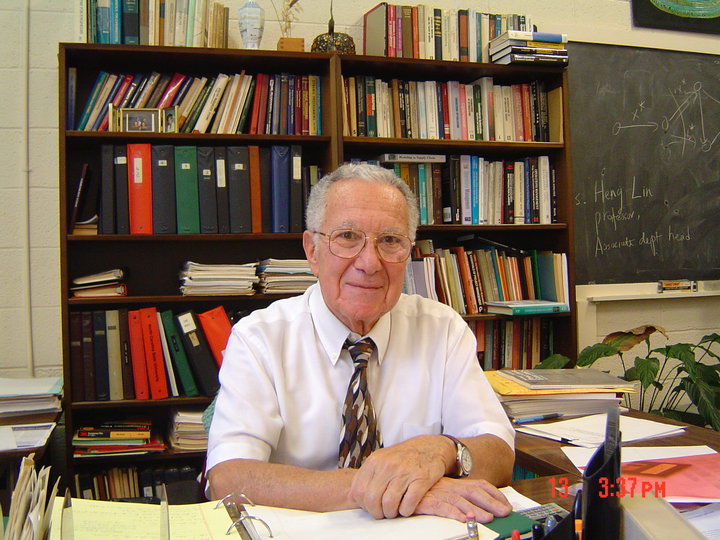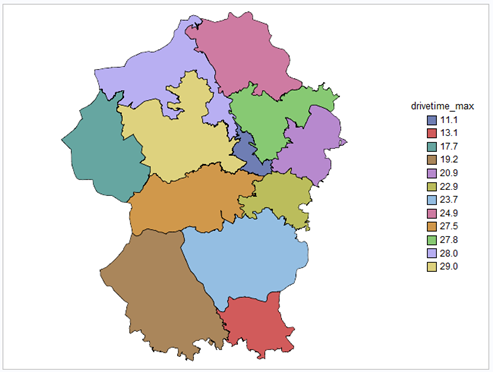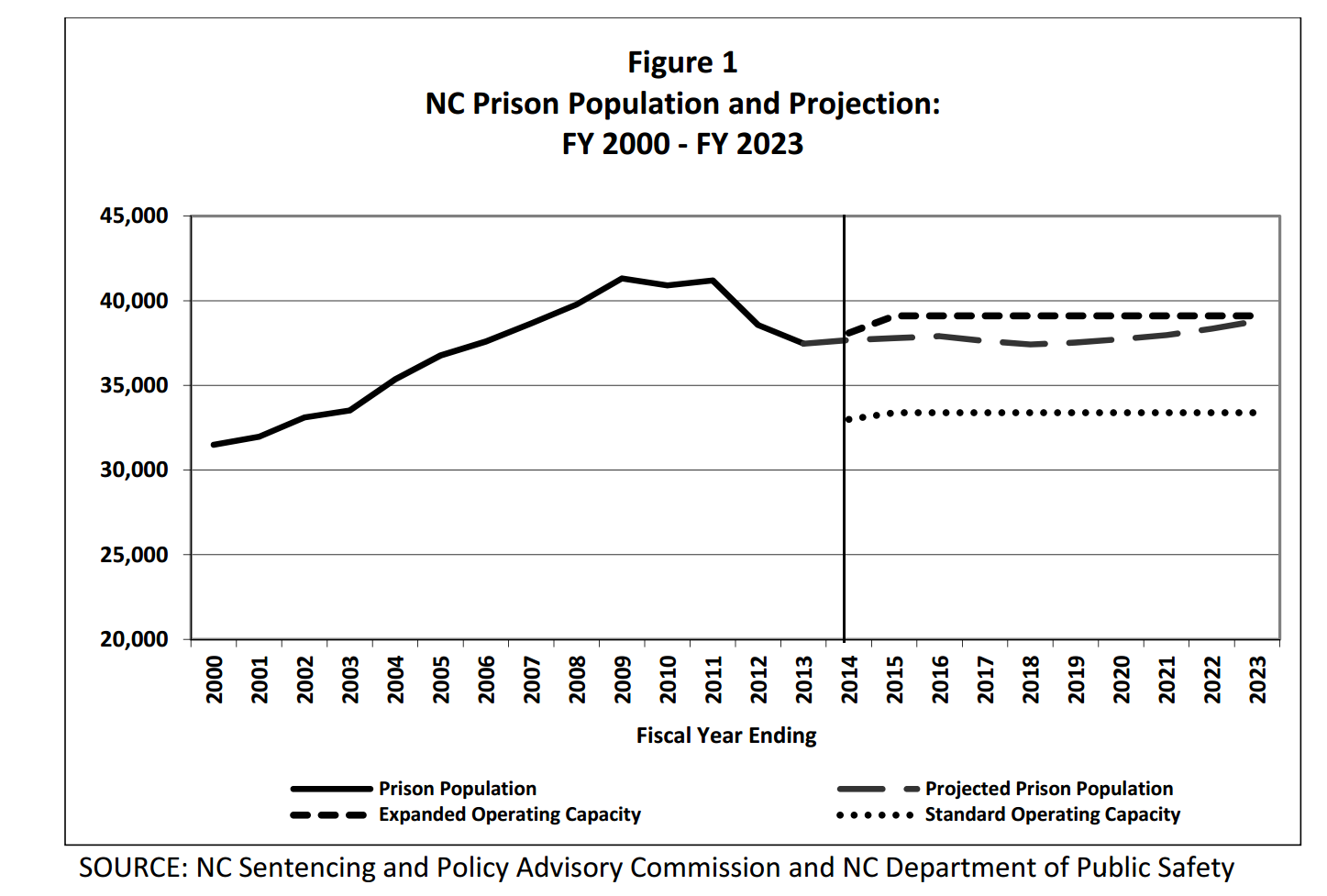
In 1967, just a short time before a group of graduate students at North Carolina State University (NCSU) were starting a software company they called SAS, Dr. Salah Elmaghraby joined the faculty of NCSU as a Distinguished University Professor. In the 1970s, Dr. Elmaghraby led the effort to create one





